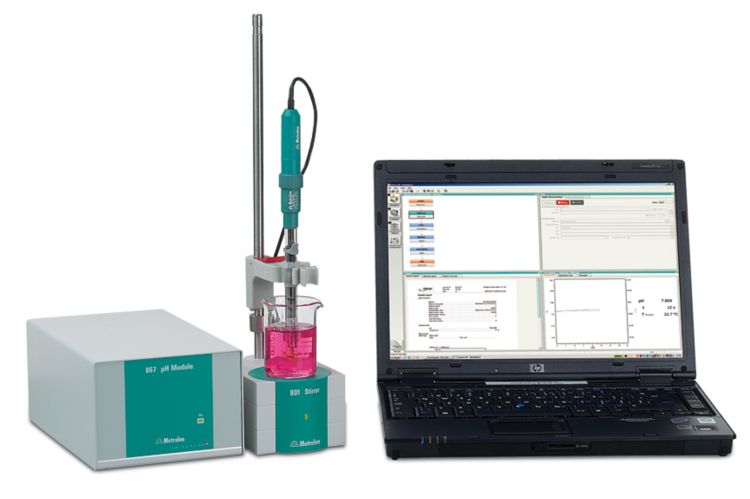Sulfide ions are found in ground waters and wastewater derived from both natural sources and industrial processes. Sulfur or sulfate are released into groundwater by processes such as rock weathering. Sulfur-reducing bacteria are then the primary producers of large quantities of hydrogen sulfide by oxidizing organic material with sulfate under anaerobic conditions (in the absence of oxygen or nitrate).
Hydrogen sulfide causes both offensive «rotten egg» odor and corrosion problems (especially when gaseous) which are even more pronounced at higher temperatures (e.g. hot water). Hydrogen sulfide is toxic, however, normally it is not a health risk at the concentrations found in household tap water. Furthermore, hydrogen sulfide increases the corrosion of water pipes and shortens their lifetime.
To assess the sulfide concentration almost interference free, a fast and inexpensive measurement of sulfide can be performed by using an ion selective electrode.
The method is demonstrated for water samples spiked with different concentrations of sulfide (60, 100, and 240 mg/L sulfide). As sulfide is highly volatile, it must be preserved under alkaline conditions by using zinc acetate.

This analysis is carried out automatically on an 867 pH Module equipped with an Ag/S ion selective electrode, a reference electrode, and a temperature sensor. The sensor is calibrated prior to the analysis.
To the prepared sample, sulfide antioxidant buffer is added and stirred for 3 minutes to free bound sulfide. Afterwards, the sensors are placed into the sample and the sulfide concentration is measured.
Results are taken after a minimum of 60 seconds when the concentration reading is stable. The obtained relative standard deviation is smaller than the 15% stipulated by the ASTM standard.
| Mean S2- content in mg/L | SD(abs) in mg/L | SD(rel) in % | |
|---|---|---|---|
| Sample 1 | 54.7 | 2.3 | 4.2 |
| Sample 2 | 92.7 | 4.9 | 5.3 |
| Sample 3 | 237.2 | 1.9 | 0.8 |
The concentration of sulfide according to ASTM D4658 can be assessed quickly and inexpensively by using ion measurement technique. Concentrations between 0.04 and 4000 mg/L can be determined with the presented technique. Using a fully automated analyzing system, sample throughput and precision is further increased. The automatic and accurate addition of the solutions save valuable time as the system runs autonomously.
Internal reference: AW ISE CH2-0158-042017
 Share via email
Share via email
 Download PDF
Download PDF